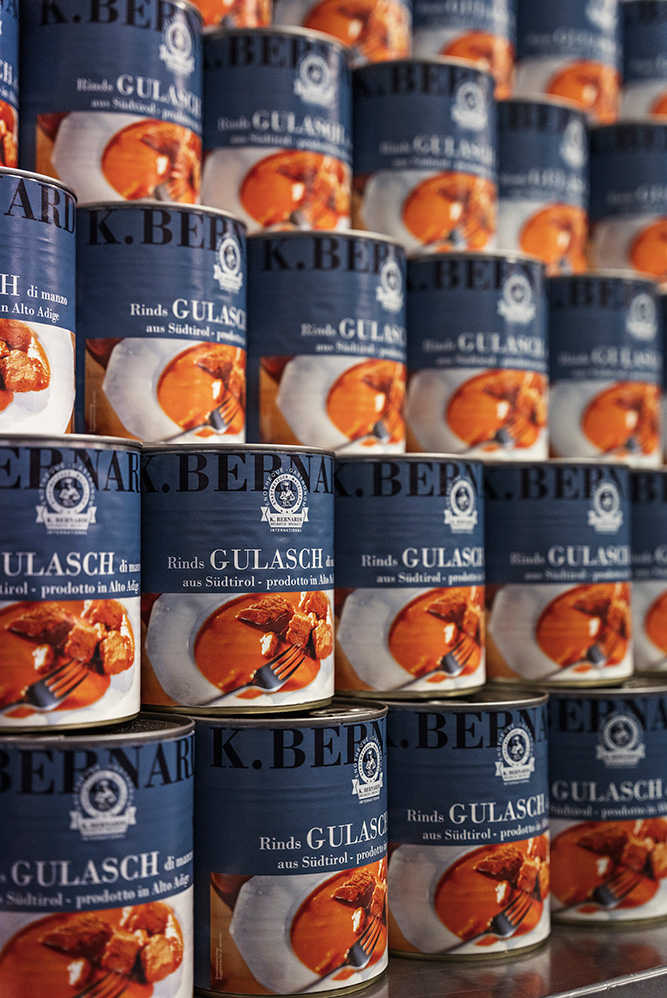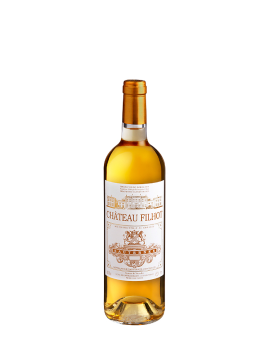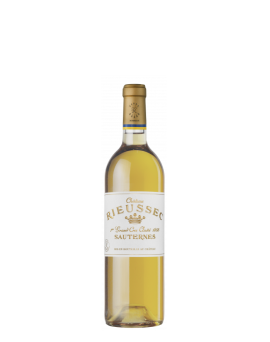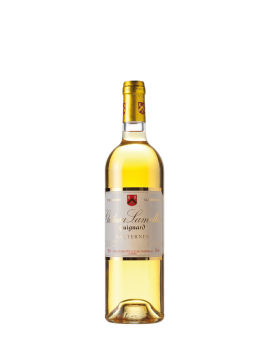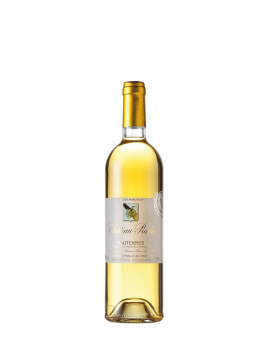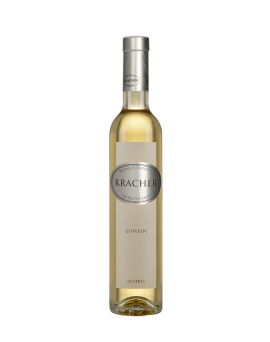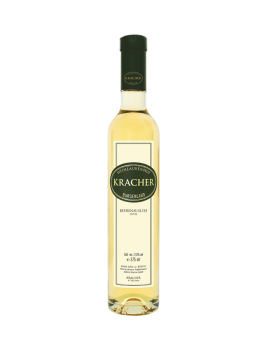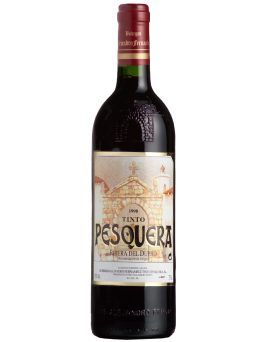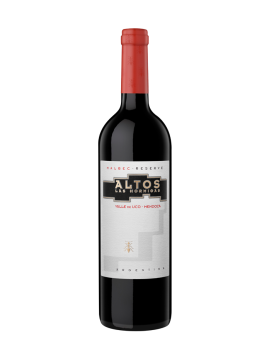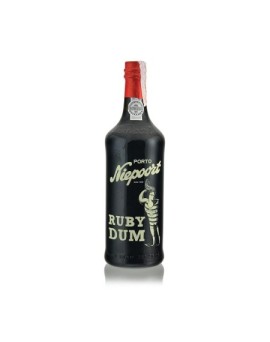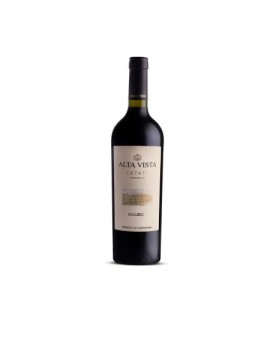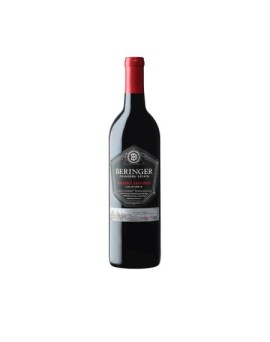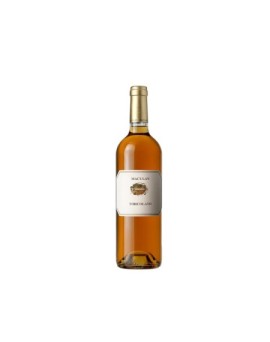Sauternes Chateau Filhot...
The Sauternes and Barsac AOCs are located south of Bordeaux, specifically in the Graves. Both AOCs date back to 1936. The area known as Sauternais comprises five<br />communes: Barsac, Bommes, Fargues, Preignac and Sauternes; while that of Barsac exclusively comprises the commune from which it takes its name. It is worth noting<br />that this specification allows Barsac producers to name their wines both Barsac and Sauternes AOC (both are often mentioned on the label), while Sauternes producers can<br />only name their wines Sauternes AOC. The area's soils are of alluvial origin with a good presence of limestone. What gives this area its unique characteristics is the<br />microclimate created by the Garonne and Ciron rivers and its proximity to the Atlantic Ocean.<br />grapes, creating a unique concentration. The varieties used for the AOC Sauternes and Barsac are: Sémillon, Sauvignon Blanc and Muscadelle.<br />The quality of the wines produced in these areas has a long history, in fact already in 1855 Napoleon III, drawing up the first classification of Crus, recognised Château<br />d'Yquem as the only Premier Cru Supérieur located outside the Medoc, followed by two other categories: Premier Cru (11 Châteaux) and Deuxième Cru (15 Châteaux).<br /><br />Château Filhot<br /><br />Varieties: Sémillon, Sauvignon Blanc, Muscadelle.<br /><br />Vineyards: The Château Filhot vineyards are located south of the village of Sauternes on the<br />southwest-facing slopes.<br /><br />Vinification: the harvest is carried out manually with several passages through the vineyards.<br />Fermentation takes place in 50-hectolitre stainless steel vats at a controlled temperature and lasts 10 to 30 days.<br />controlled temperature and lasts between 10 and 30 days depending on grape variety and concentration.<br />Subsequently (10 months after fermentation) a light filtration takes place<br />(no sterile filtration), while approximately 14 months after fermentation the<br />blending takes place. Ageing: lasts approximately 2 years in oak barrels from the forest of<br />Allier of which 1/3 new.<br /><br />Characteristics Château Filhot has hints of ginger, orange, apricot, mango and papaya. On the finish, it is fresh while showing notes of tropical fruit and<br />spicy notes.<br />
Price
€37.00

